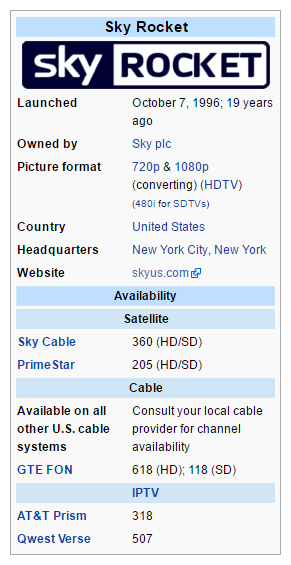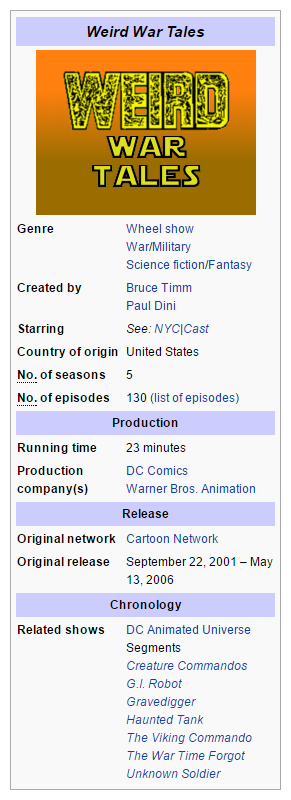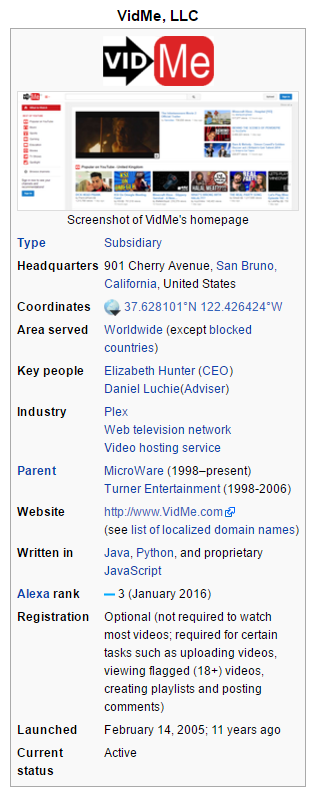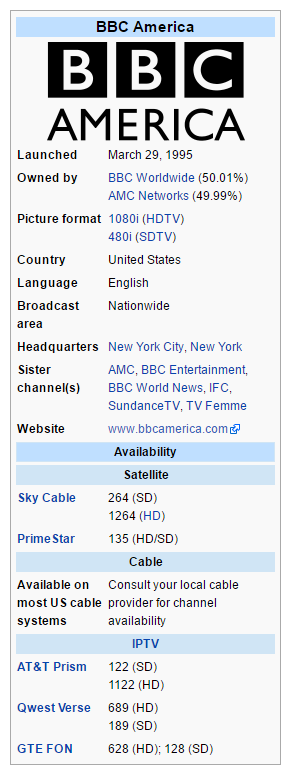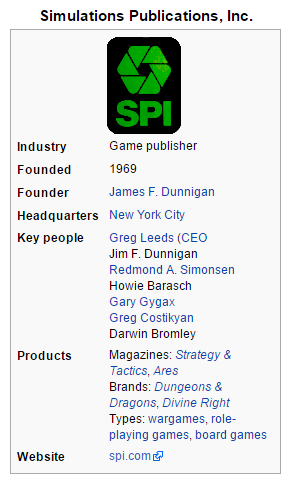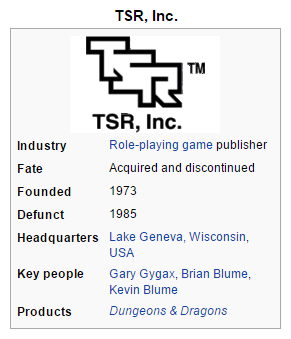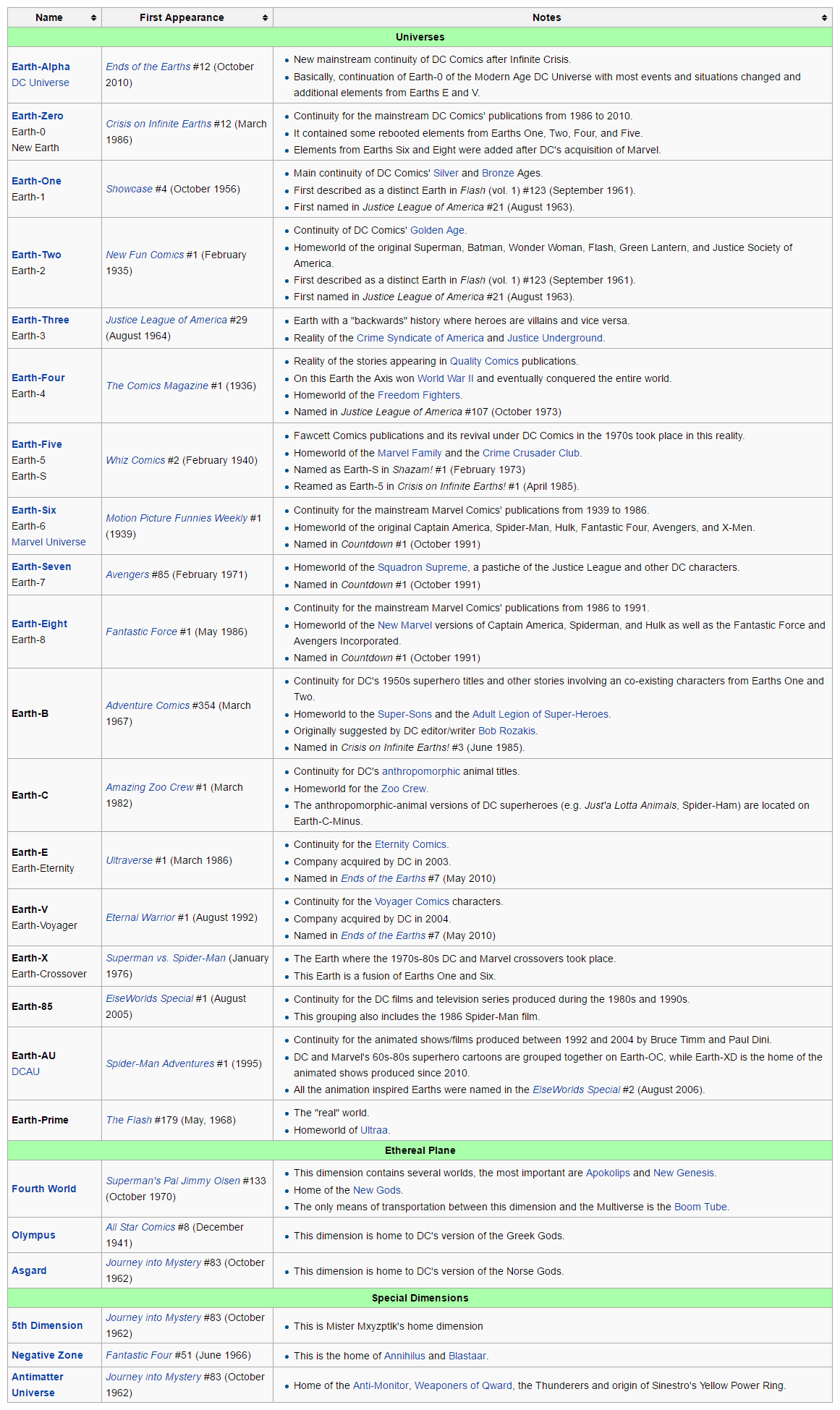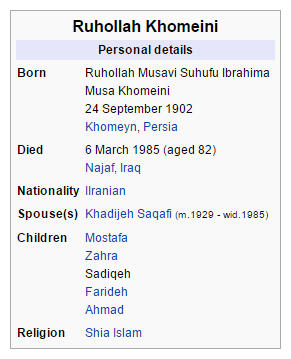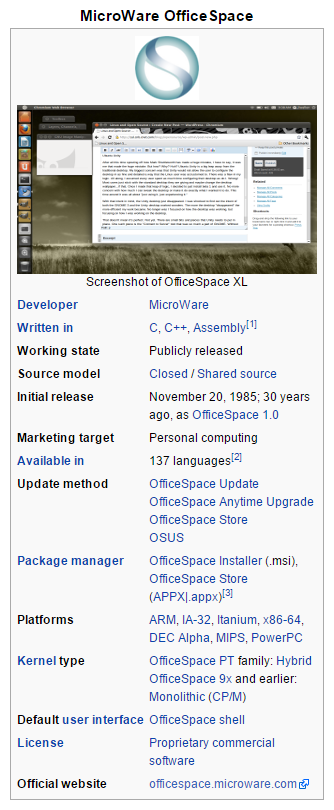Real life has been eating my lunch the last few months, so I didn't finish the TV schedules. I'll put them up in the next update. Anyway, here is the late 90s.
+++++++++++++++++++++++++++++++++++
Excerpted from the Plexipedia article "Web television".
Most historians agree that web television officially began on March 9, 1994 when the first episode of the Stanford University educational series, "Village Idiot Box" was placed on the Plex for distribution. Despite their primitive nature, the series did attract attention beyond education. Three months later, the first commercialized web series would go live. The Maxx, an episodic soap opera, was created by James Bach and Ellen Winter. It would follow VIB's example of using a text/image presentation and enhanced it with audio and video clips. It also pioneered the use of an online diary system known as plogs (personal logs). The production company, Spotted Dix, would use banner ads and product placement to help finance the series. Unfortunately, this did not produce enough revenue and the series would cease production at the end of 1996. Most of the The Maxx inspired competitors would also fold before 1997.
While 1996 saw the end for text-enhanced web television, that year also saw a new avenue open up with the release FutureWare's SplashPager. SplashPager was animation suite designed specifically for the Plex. It quickly became the de facto standard for Plex animation. Aspiring cartoonists began to use SplashPager as a way to showcase their art and some cases leading to great success. One of notable ones was Black Dynamite created by John Ridley. Their cartoon series spoofed the exploitation genre and used its tropes to great effect. The popularity of these cartoons lead Cartoon Central to choose Black Dynamite as one of its cornerstone shows for its new mature animation network, Adult Swim, in 1998.
By 1998, the wide-scale availability of broadband had lead to creation of the first web television network, VidMe. It was a joint venture between Turner Entertainment and MicroWare. Besides the on-demand catalog of commercially-generated videos, VidMe produced three weekly shows: Fireworks (sketch comedy), Cow and Chicken (animated), and Belleview (soap opera). Cow and Chicken was successful enough that it moved to TNT. Belleview ended with two years. While it has faded into relative obscurity, its episodes are archived on VidMe. Despite transitioning into video-sharing website, VidMe does have channels that are set aside for web television shows. One such channel is dedicated to Fireworks. They are still producing episodes for VidMe.

 Excerpted from the Plexipedia article "Reality television".
Excerpted from the Plexipedia article "Reality television".
1970s–1980s
Most historians agree that the first reality show was An American Family. First broadcast in 1973 on PBS, the 12-part miniseries gave us a behind the scenes look at the Loud Family. Inspired, George Schlatter would create That's America. The show would profile two to three families an episode. The show would run from 1974 until 1980. Schlatter's success encouraged the creation of similar shows such as Incredible People. Due to the 1980 Actor's strike, ABC greenlit Alfred Masini's travelogue/game show hybrid, Miles to Go. The show was an unexpected hit and ran until 1994. The other networks attempted to produce similar programs without success. In 1992, Masini would create the very successful variant, Road Trip, for VHT.
1990s
In 1993, Dutch television would broadcast Nummer 28. This series was similar in concept to An American Family only with complete strangers. It also borrowed Miles to Go's concept of interplaying after-the-fact interviews within the narration. Two years later, the NBC adaption, North Braxton Circle, would fail to find an audience. VHT would broadcast their version, Real Life. It would only last two years. In 1996, Italian television would produce a game show based on this concept. Capo della Casa would be big hit in Italy and would be quickly exported to other European countries. In 1999, VHT would acquire the rights to program. For their version, House Rulez, VHT decided to populate the house with dysfunctional archetypes from tabloid talk shows. It would rapidly become one of VHT's bigger hits in the 2000's.
In 1997, NBC had only two hit shows. Desperate for another success, he attempt to bring back the reality game show to network television. His choice would be an adaption of the failed British production, Expedition Robinson. Learning from the failure of North Braxton Circle, NBC modified Expedition Robinson into more competition friendly show. NBC would launch this show, Lost, in 1998. The show was a big hit and would go onto be become one of NBC's biggest hit of the 2000's.


 Excerpted from the Plexipedia article "American television in the 1990s".
Excerpted from the Plexipedia article "American television in the 1990s".
ANIMATION
The 90s saw the birth of networks fully dedicated to animation. The first was TNT (Turner Network Toons) which began broadcasting in 1992. 1997 saw TNT joined by three new animation networks. Warner Communications launched Loony Toonavision. It was shorten to Loony TV by the end of the year. At the same time, Paramount created Cartoon Central. The third networks was Boomerang. This network was spun off TNT. The network's name came from the TNT broadcast block that showcased TNT's older content. The following year, Cartoon Central would transform its safe harbor time into separate network, Adult Swim. It would feature more mature programming. The success of Adult Swim lead Looney TV to create a similar safe harbor network in 1999. This network, Animatrix, would contrast itself from Adult Swim by importing foreign animation programs mostly from Japan.
With the cancellation of 21 in 1995, the second era of broadcast animation in primetime came to a close. However, it wasn't the end of primetime animation. These types of shows moved to the cable networks. In an attempt to cater to teens and young adults, cable networks began to broadcast more mature and cutting edge animated shows. Popular examples include Fish Police, Life is Hell, and Strykeforce.
While the broadcast networks were no longer interested in primetime animated shows, they continued to make use of syndicated cartoons. Weekday afternoons had long been a place for cartoons and the 90s were no different. Most stations used a mixture of cartoons from a variety of sources. One such source was Warner Brothers Television. Starting in 1987, Warner produced three programming blocks under the Kidzone brand, one Saturday morning and two weekday blocks. The Saturday morning block was three hours long. One of the weekday blocks was an hour long educational block which most stations chose to broadcast in the morning. The other, a two-hour entrainment block, was usually broadcast in the afternoon.
With the launch of WBS, Warner Television decided to transition the Kidzone to a affiliate-only brand. In 1992, the Kidzone Saturday was dropped in favor of Warner Kids Saturday. However in the markets where there wasn't an WBS affiliate, other stations were able to broadcast Warner Kids. 1994 saw the Warner Afternoon replace the two-hour entertainment block. The Warner Afternoon would last six seasons before a shift in the television landscape would lead to its discontinuation. The Kidzone educational block was phased out in 1995.
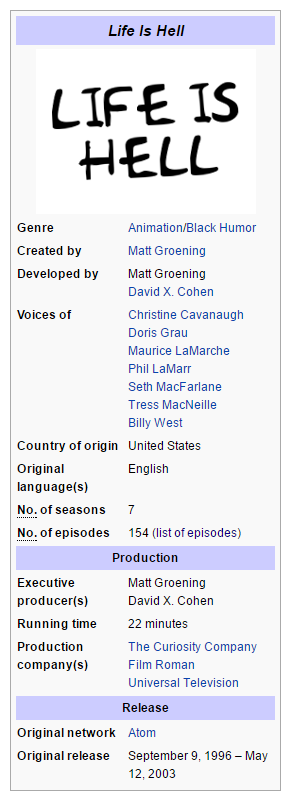
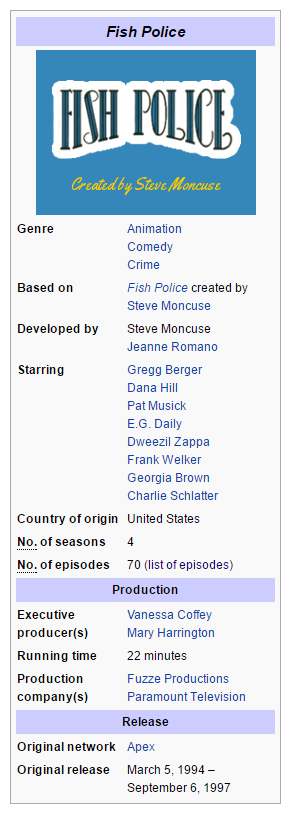


 Excerpted from the Plexipedia article "United States television content rating system".
Excerpted from the Plexipedia article "United States television content rating system".
HISTORY
By the 1980s, only PBS affiliates were the only stations that broadcast shows with nudity. Even those were limited to documentaries on underdeveloped indigenous peoples. In 1989, NBC attempted to improve their ratings in the overnight slot by broadcasting comedy specials unedited. While the specials did not contain nudity, they involve the use of profanity. Despite complaints, the FCC declined to intervene citing the FCC v. Carlson Broadcasting ruling. However, NBC discontinued these broadcasts a few months later. The ratings boost were not enough to offset the loss of some affiliates who preempted the specials due to local concerns.
In 1995, NBC had only one Top 30 show. In response, NBC head Lewis Erlicht greenlit City Blue. The show was more realistic version of the police procedural. Besides using coarser language, the show included nudity including some within sexual situations. However, the nudity was strictly limited to the buttocks area. Broadcast at 10 p.m., the show was a critical and commercial hit.
The FCC began to receive complaints from pro-censorship groups such as the League for Family Television (LFT). FCC chairman Sherrie P. Marshall decided that she needed to personality act. The FCC would quickly fine the NBC affiliates. As to not run afoul of the Carlson ruling, the FCC only fined those stations in the Central and Mountain timezones where not City Blue was not being broadcast at 10 pm and therefore was outside the safe harbor. NBC appealed these fines. NBC would lose their appeals in lower courts, but the upper courts would rule in NBC's favor. Ultimately, the Supreme Court would reaffirm to the Court of Appeals decision resulting in an NBC victory.
However, the LFT and other groups began to lobby Congress to override the Court's decision. Fearful of Congressional intervention, the networks worked together to establish the Television Parental Guidance Association (TVPGA). The TVPGA created a new voluntary content system. Each network would rate their show according to the TVPGA Guidelines. Then as the show began, an icon based on this rating would appear and allow viewers to decide if the upcoming programing was appropriate for them. In addition, manufacturers began building televisions and cable boxes capable of blocking blocking programs based on this rating. This was enough to discourage any further action by Congress or the FCC. Despite the FCC not having any jurisdiction over them, some cable networks would adopt this system.

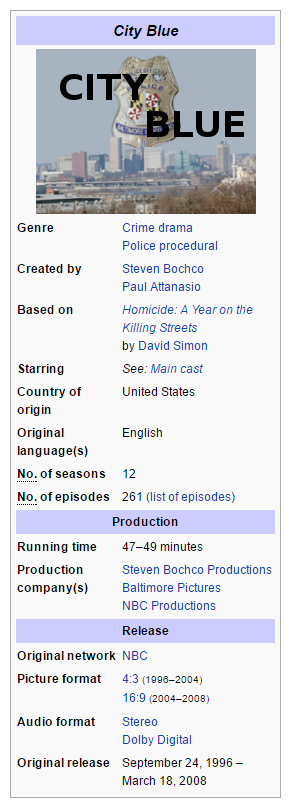
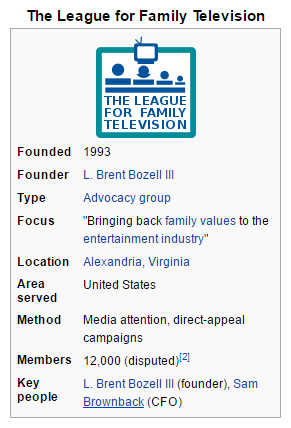
 Excerpted from the Plexipedia article "ABC Sports".
Excerpted from the Plexipedia article "ABC Sports".
The 1990s
Unlike the ABC broadcast network who was struggling, ABC Sports was enjoying strong ratings. ABC had experienced a slight dip in the ratings for the 1988 Brisbane Olympic Games, but experts agreed this was the due to the time difference between the United States and Australia. The ratings for the 1992 Barcelona Games exceed expectations. In 1988, the US basketball team barely won the Bronze medal. It was the first time since basketball was made an Olympic sport that the US didn't win Gold. Two years later, FIBA lifted its ban on professional players. The US would field an UBA all-star team. This "Dream Team" was easily sweep the competition to regain the Gold. The 1996 Tehran Games were also a success for ABC Sports. In addition to showcasing the marquee events on the broadcast network, ABC Sports presented live coverage of the lessor events on her sister channels. In addition to the Summer Games, ABC had won the right to broadcast the 1988 (Salt Lake City), 1992 (Sofia), and 1994 (Vancouver) Winter Games. Each of which enjoyed tremendous ratings. CBS outbid them for 1998 Nagano Games.
Besides the Olympic Games, ABC Sports won the rights to the World Cup when returned to the United States. Their NASL broadcasts enjoyed a ratings boost before and after the World Cup. The US National Team managed to make it to the Quarter-finals before being eliminated by eventual winner Brazil. In addition, ABC's long association with college bowl games allowed them to find ratings success as a part of the BCS.
However, not everything ran smoothly for ABC. UBC successfully lured the UBA in 1988. ABC Sports replaced them with the NHL. Unlike the UBA where the dominance of a few teams lead to ratings success, the NHL was entering a ratings downtown. Of the ten Stanley Cups played in the 1990s, only eight teams would appear. Four of them would be featured in last six. In addition, strife between players and management was reaching new levels. NBC would acquire the NHL after ABC's rights expired.
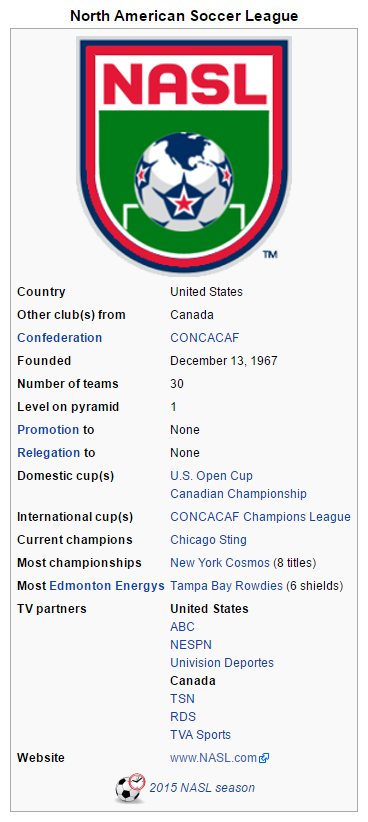
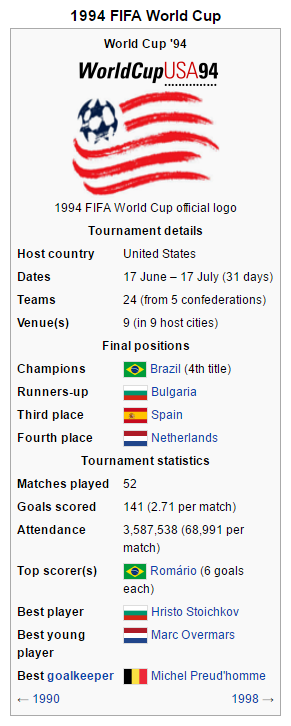

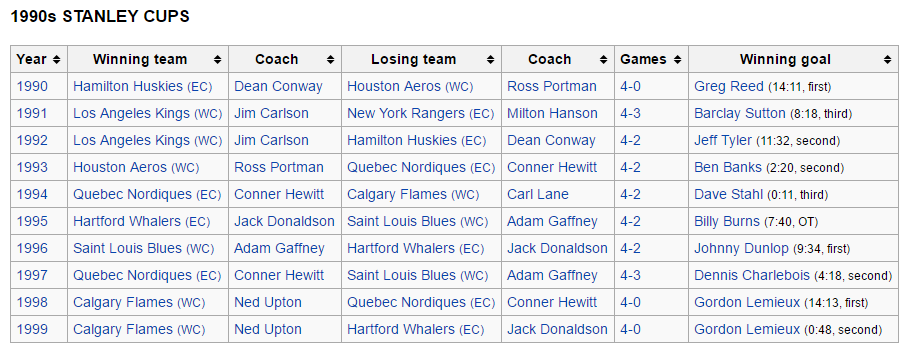 Excerpted from the Plexipedia article "PBS".
Excerpted from the Plexipedia article "PBS".
Until the mid-90s, PBS acted purely as a program distributor. Each individual station paid PBS for the rights to broadcast a particular show or series. This allowed each station flexibility as to when a show was broadcast. Each station's programming could be adjusted to reflect its local market. However, regulatory modifications made during the Pressler Administration changed this. The Corporation for Public Broadcasting (CPB) began reassuming production of its programs. It was also required to acquire and assume production of other independently produced programs. By 1995, PBS began to resemble its sister institution, NPR, as it now acted a program distributor. As such, PBS was now required to enforce their common carriage policy. Stations who deviated from this policy faced a loss of funds and/or access to certain programs. The next two years would see a handful of stations would withdrawal from PBS. While the PBS management and program underwriters (e.g. Nationwide Insurance) liked the consistency that common carriage brought to their national advertising campaigns, they disliked the way in which it had to be enforced. In addition, this policy would prove to be equally unpopular with the local stations and the general public.
Despite the misgivings of all involved, the enforcement of the common carriage policy offset the loss of some of the major program underwriters. As the new deregulated climate of the Pressler Era allowed them to engage a series of mergers and acquisitions. A prime example would be the Mobil Corporation who was the major sponsor of six programs. They dropped all their sponsorships to engage in their takeover of Exxo. In addition, the arrival of new networks such as BBC America and Sky Rocket began broadcasting some of the more popular British programs before they would enter syndication. PBS would have to pay more to get these programs first run. The rising costs and lessening funds would require more pledge drives, causing more dissent among the public and member stations. In 2002, the common carriage policy was modified. Stations would received program discounts for adhering to the common carriage schedule.

